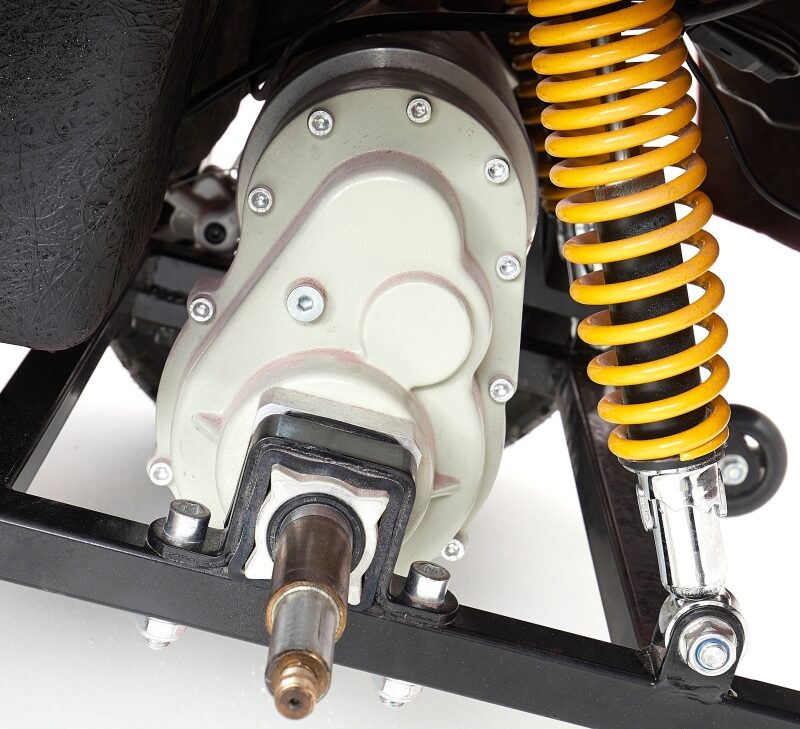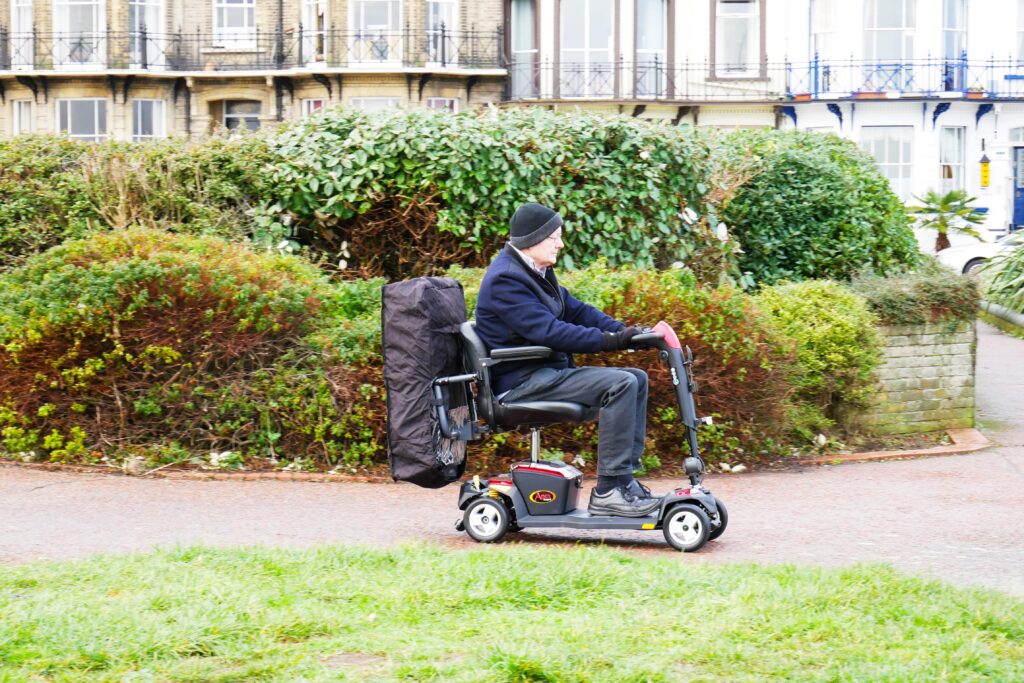

Whatever your reason is for having to use a mobility aid, your scooter becomes as integral to your life as a standard car is to the life of an able-bodied person. Making your mobility scooter fit your personality is often overlooked by manufacturers, and everyone winds up with the exact same product.
There are all manner of tricks and tips you can make use of to create a custom mobility scooter. Most people will stick to applying a fresh coat of paint, or getting a new seat covering that’s more to their taste, but there are definitely others who are after a little more “oomph”. After all, not everyone is content with a standard mobility scooter to get them from A to B, with a maximum speed of just 8mph.
Putting some more power in your scooter can be really useful for off-road adventures like camping, where you’ll be dealing with rough terrain. Alternatively, it can also just make owning a mobility scooter really, really fun.
Those with the technical skills can customise their scooter in all manner of ways. British inventor and internet personality Colin Furze, for example, broke the world record for the fastest mobility scooter back in 2010 by swapping an electric motor for a small motorcycle engine, reaching a top speed of 71.59 mph. To make the machine run with that kind of power, he had to build most of it from scratch, including the axle, disc brake, exhaust, sprocket carrier and gear shift system.
His record has since been beaten twice, by British mechanics David Anderson and Mathew Hine in 2016, who reached a top speed of 107.6 mph, and German Sven Ohler a year later, achieving a whopping 112 mph.
Obviously, most mobility scooter users don’t need to go quite that fast. But for some people, a bit of extra power wouldn’t go amiss. If you don’t have the skillset to customise your mobility scooter at home, there are modified models available that pack just the punch you’re looking for.



